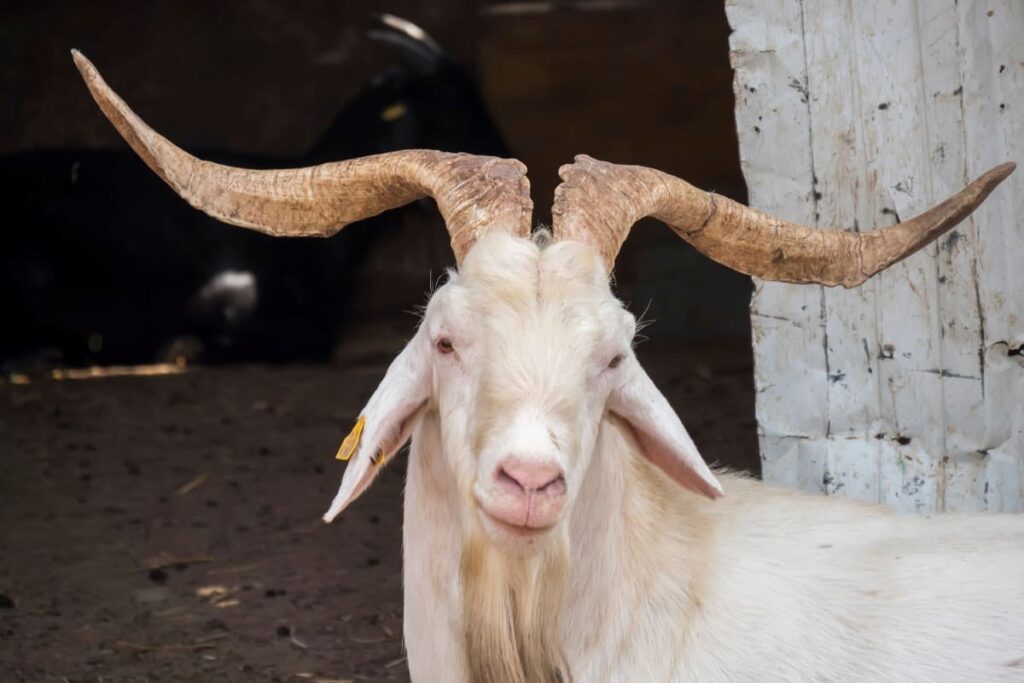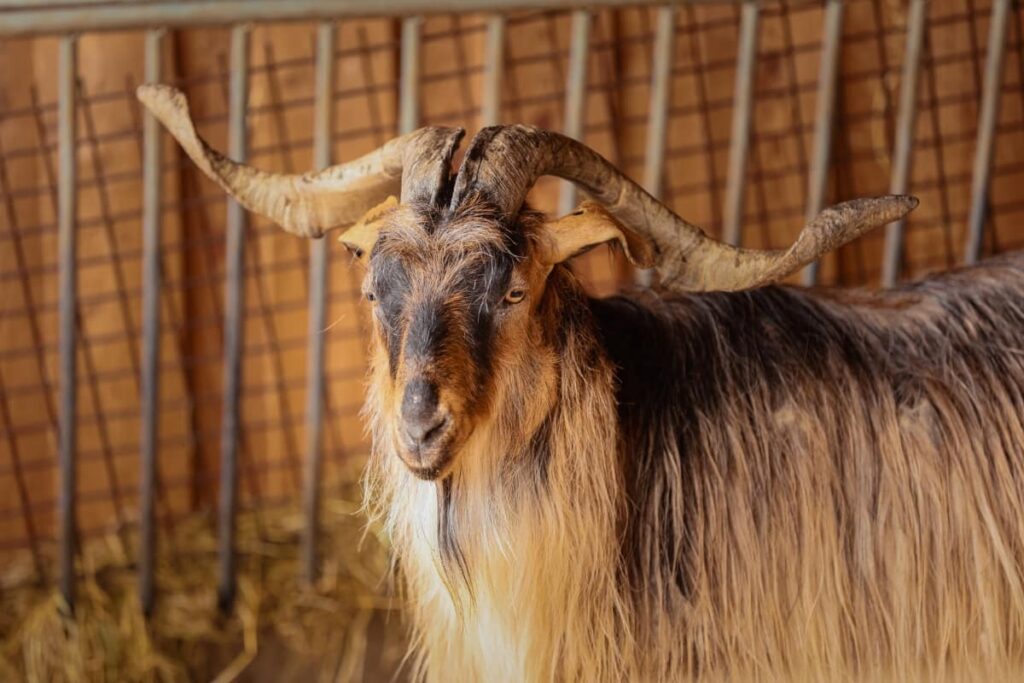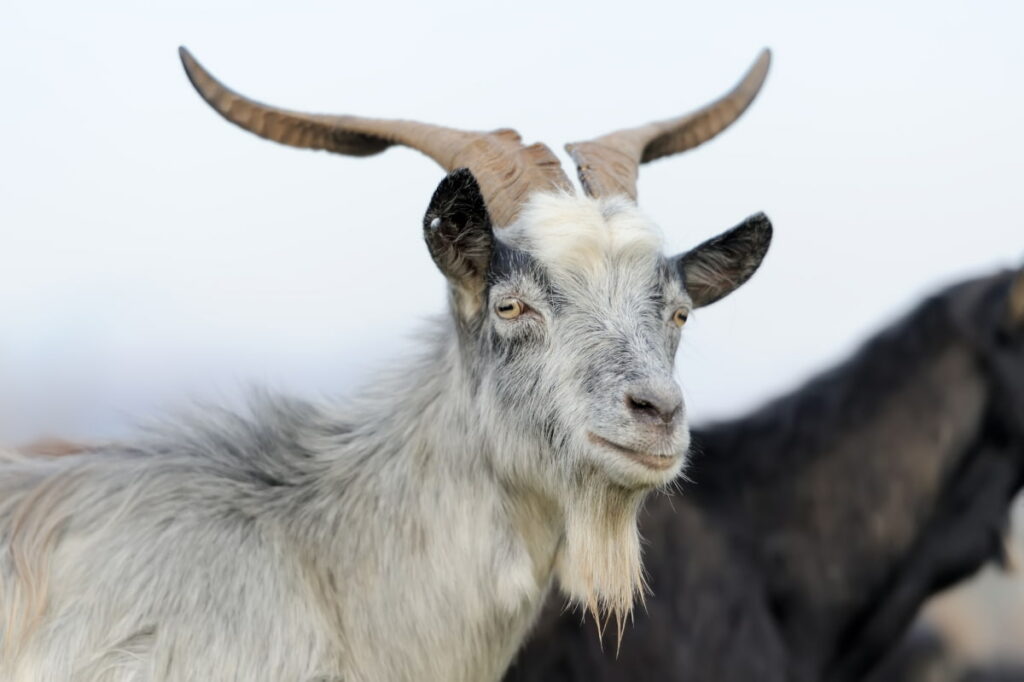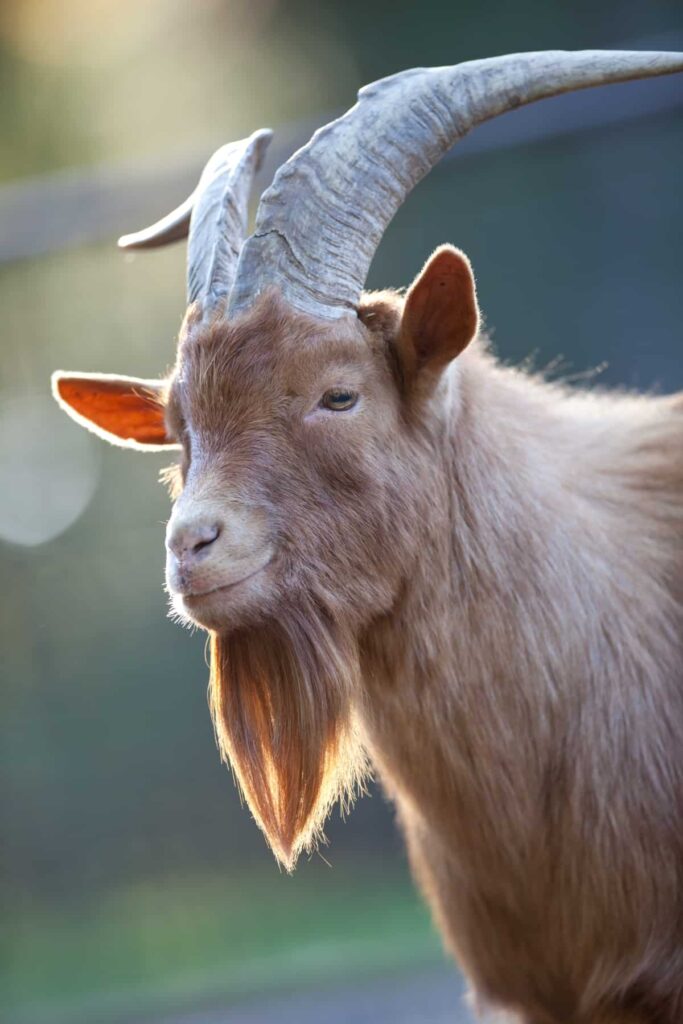Raising Catalina goats comes with a multitude of benefits for farmers and homesteaders alike. These goats are known for their hardiness, adaptability to various climates, and resistance to diseases. Their ability to thrive on rough terrain makes them excellent foragers, reducing the need for expensive feeds. The Catalina is not a domestic goat. It is mainly a wild goat and is hunted by the hunters. Their docile nature makes them easy to handle and suitable for beginners in goat farming.

Overview of Catalina Goats
Origin and History
Raising Catalina Goats offers a unique opportunity to connect with nature and heritage. These goats have a rich history that dates back to the Spanish missionaries in the 1800s, making them a part of our cultural landscape. The Catalina Goat has a fascinating history that traces back to the Spanish missionaries who brought them to Santa Catalina Island in the 1800s. Originating from Spain, these goats have made the island their home.
In terms of uses, it’s essential to note that the Catalina is not your typical domestic goat – it thrives as a wild species on Santa Catalina Island. It is often sought after by hunters for its uniqueness. The Catalina Goats flourished in their new habitat, adapting to the rugged terrain and thriving in the Mediterranean-like climate. With their distinctive appearance and hardy nature, they quickly became an integral part of the island’s ecosystem.
Physical Characteristics
Catalina goats are known for their sturdy build and impressive size. Catalina goat weight is between 130 to 275 pounds, with adult males reaching up to 175 pounds and females averaging around 80 pounds. Standing at about four to five feet tall, both male and female Catalina goats command attention with their robust stature. Their coats come in various colors, such as black, brown, or white, adding a touch of diversity to their appearance. With strong hooves and horns that curve gracefully outwards, these goats exude a sense of elegance in the way they carry themselves.
Habitat and Distribution
Natural Habitats
The Catalina Goat is a resilient breed that thrives in various habitats, from rocky cliffs to grassy plains. Their natural habitats are typically rugged terrains with sparse vegetation where they can graze and browse freely. These goats have adapted well to different environments, making them versatile for various farming settings.
Geographical Spread
Geographically speaking, Catalina Goats are primarily found on Santa Catalina Island. However, their distribution has expanded over the years to other regions due to breeding programs and hunting activities. Farmers across the country now raise these goats for their unique characteristics and hardiness. Their ability to adapt to different landscapes makes them suitable for sustainable farming practices in diverse climates.
Behavior and Lifestyle
Social Structure
Their social structure is hierarchical, with dominant individuals establishing their authority through displays of strength and dominance. Within these groups, individual goats develop close relationships based on mutual grooming and communication. They have a complex system of vocalizations to communicate with each other effectively.
Daily Activities
Catalina goats spend much of their time foraging for food in the rugged terrain they inhabit. They are agile climbers and can scale cliffs with ease to access fresh vegetation. When not grazing or browsing, these goats engage in playful behaviors such as running, jumping, and butting heads as a form of playfighting.
In case you missed it: Ultimate Guide to Laoshan Goat: Characteristics, Origin, Price, Size, Lifespan, Raising and Care

These activities help them stay active and mentally stimulated throughout the day. Observing the behavior and lifestyle of Catalina goats offers fascinating insights into the intricate social dynamics and daily routines of these resilient animals in their natural habitat.
Diet and Nutrition
Natural Diet
Catalina goats have a diverse natural diet that includes grasses, shrubs, and other vegetation. Their foraging habits make them great at clearing land and reducing fire hazards. When it comes to farming Catalina goats, providing a balanced diet is essential for their productivity.
Dietary Needs for Farming
By understanding the dietary needs of Catalina goats and providing goats with a good diet, you can ensure they thrive on your farm while contributing to sustainable land management practices. Ensuring they have access to fresh water at all times is crucial. Additionally, supplementing their diet with hay or grains can help meet their nutritional requirements, especially during the winter months when grazing may be limited.
Introducing mineral supplements can also support their overall well-being by preventing deficiencies. It’s important to consult with a veterinarian or animal nutritionist to create a suitable feeding plan based on your goats’ specific requirements.
Reproduction and Lifespan
Breeding Practices
Breeding practices for Catalina goats are crucial for maintaining a healthy and sustainable herd. When it comes to reproduction, timing is key. It’s essential to ensure that the female goats are at the right age and weight before breeding them. This helps in reducing complications during pregnancy and ensuring successful births. Proper nutrition is important in the breeding process.
Providing high-quality feed rich in essential nutrients will help improve fertility rates among your goats. Additionally, regular health check-ups and monitoring of reproductive cycles can aid in identifying any potential issues early on. As with any livestock, proper care during pregnancy is vital for the well-being of both the mother and offspring. Adequate shelter, space, and access to clean water are essential elements to consider when breeding Catalina goats.
Growth and Development
As Catalina goats grow, their physical characteristics evolve significantly. From cute and playful kids to strong and sturdy adults, the transformation is remarkable. Their coats become denser and more resilient as they mature, adapting to different climates with ease. In terms of development, these goats also showcase an impressive growth rate.
With proper care and nutrition, young Catalinas can reach maturity in a relatively short period compared to other goat breeds. Their agility and instincts sharpen as they age, making them adept at navigating various terrains effortlessly. Observing the growth and development of Catalina goats is not only fascinating but also offers valuable insights into their resilience and adaptability as a species.
Health and Veterinary Care
Common Health Issues
These sturdy animals are generally resilient but can still face common health issues like parasites or hoof problems. Regular check-ups and monitoring their condition can help catch any potential issues early on. These goats are generally hardy animals, but they can still be affected by common health issues for Catalina goats, such as parasites and hoof problems. Regular veterinary care and monitoring can help prevent and address any potential health concerns.
Veterinary Care
Veterinary care is important in ensuring the well-being of your herd. Finding a knowledgeable vet with experience in goat care is essential. They can guide on vaccinations, deworming schedules, and general healthcare practices to Catalina goats. In case of any illness or injury, prompt veterinary attention is vital. Goats are known for hiding signs of being unwell, so being observant and quick to seek professional help is important for their recovery.
In case you missed it: Afar Goat Breed: Characteristics, Raising, and Management

Farming and Breeding Catalina Goats
Starting a Catalina Goat Farm
Firstly, ensure you have ample space for the goats to roam freely. Catalina goats thrive in open areas with access to fresh water sources. Construct sturdy fencing to keep the goats safe. Provide shelters or barns for protection against harsh weather conditions like rain or extreme heat. Feeding Catalina goats is a crucial aspect of their care. Stock up on high-quality feed that meets the nutritional needs of Catalina goats. Regular goat health check-ups are important to monitor the overall health of your herd and address any potential issues promptly.
Breeding Best Practices
Breeding Catalina goats involves careful planning and consideration to ensure healthy and sustainable practices. It is essential to select breeding stock with strong genetics, good health, and desirable traits. Conduct regular health checks on the parent goats to prevent diseases or genetic disorders.
Maintain proper records of breeding dates, offspring details, and health information to track lineage and monitor reproductive success. Implement a rotational breeding system to avoid inbreeding and maintain genetic diversity within your herd. Monitor gestation periods closely and be prepared for birthing assistance if needed. Seek guidance from experienced breeders or veterinarians when faced with complex breeding challenges.
In case you missed it: Australian Melaan Goat: Characteristics, Price, Disadvantages, and Raising

Conclusion
Raising Catalina Goats holds significant importance in preserving this unique breed that has cultural and historical significance. Catalina Goats are hardy and adaptable animals, well-suited for various farming practices. Catalina goat care is essential to ensure their well-being and health.
Note: The images presented in this post are intended solely for representation purposes. The images are meant to serve as visual aids and should not be relied upon as accurate representations of their real-life counterparts.
- Types of Grass Growing for Goat Farm
- How to Train Goats for Milking: A Beginners Guide
- Goat Milking Practices and Equipment: A Beginner’s Guide
- Goat Farming for Fiber: Producing Mohair and Cashmere
- Maximizing Goat Milk Production: Tips for Dairy Goat Farmers
- Goat Farming as a Family Business: Strategies for Success
- Profitable Kenya Goat Breeds for Commercial Dairy and Meat Business
- Unlock the Secrets of Oberhasli Goat: Discover Raising and Management Practices
- Ultimate Guide to Myotonic Goats: Explore Profile to Raising